Imagine stumbling upon the bones of a tiny human, barely over a meter tall, deep inside a cave on a remote Indonesian island. The feeling is electric—like finding a missing puzzle piece from a story written long before our own. These aren’t fairytale creatures or characters from a fantasy novel; they are real, flesh-and-bone ancestors who walked the earth tens of thousands of years ago. The discovery of Homo floresiensis, affectionately dubbed the “hobbits” of Flores, has shaken up everything we thought we knew about human evolution. Their existence not only surprises the scientific world but also touches something deep within us—a yearning to understand who we are and where we come from.
The Startling Discovery in Liang Bua Cave
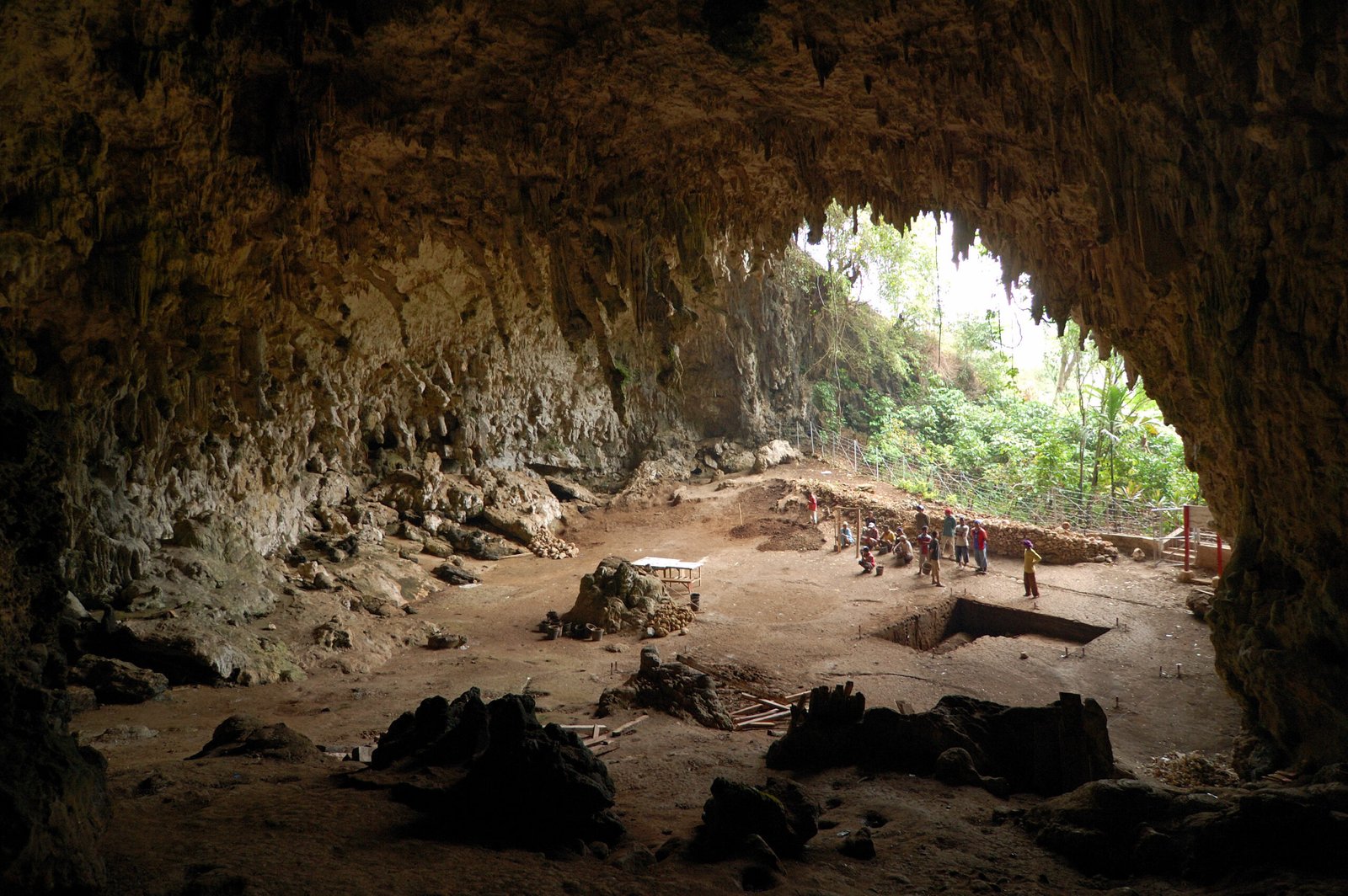
The story begins in 2003, when a team of archaeologists digging in Liang Bua cave on Flores island made a jaw-dropping find. Deep within the earth, among ancient animal bones and stone tools, they unearthed the nearly complete skeleton of a tiny adult human. The bones, surprisingly small and delicate, immediately raised eyebrows. The skull alone was about the size of a grapefruit. This was no ordinary human—something different, mysterious, and thrilling had been preserved here for millennia. The cave, dark and humid, became a portal to a lost world, its secrets waiting patiently to be told.
A New Species Emerges: Homo floresiensis
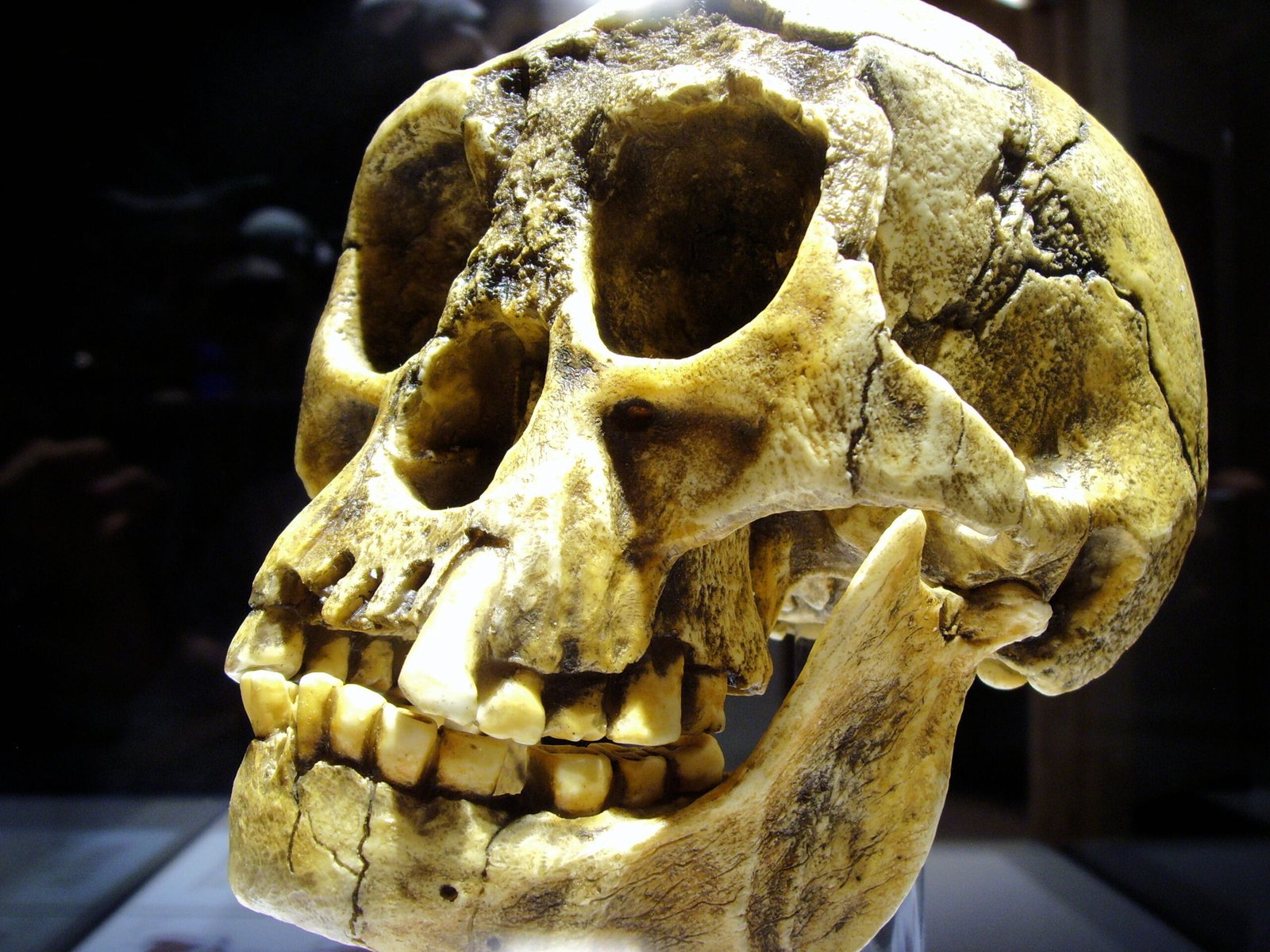
After careful study, scientists declared the remains belonged to a new species, Homo floresiensis. The name itself is a nod to the island home—Flores—and their place in the human family tree. These ancient people were tiny, standing just about 3.5 feet tall, with long arms and feet that looked almost too big for their bodies. The discovery was groundbreaking, challenging the idea that only modern humans and Neanderthals walked the Earth in recent prehistory. Suddenly, the human story grew more tangled and exciting, with new branches sprouting in unexpected places.
Physical Features: More Than Just Size

At first glance, the most remarkable thing about Homo floresiensis is their size. But it’s not just their height that sets them apart. Their skulls were small, with brains about a third the size of ours, yet they showed surprising intelligence. Their teeth were large and primitive, and their jaws jutted forward, hinting at a different diet and way of life. Their limb bones were sturdy, suggesting they were adept at climbing and scrambling across rugged terrain. In some ways, they resembled our distant ancestors more than modern humans, as if evolution had taken a detour on Flores.
The Enigmatic Brain: Small but Capable
The brain of Homo floresiensis was one of the smallest among human relatives, yet evidence shows they were no fools. Archaeologists found stone tools and signs of fire use alongside their remains. This combination of a tiny brain and complex behavior is a puzzle—how could such a small-brained creature craft tools or hunt? Some scientists suggest their brains were wired differently, squeezing more out of less. It’s a humbling thought: intelligence isn’t just about size, but about adaptability and creativity.
Island Life: Evolution in Isolation
Flores is a land apart, surrounded by deep ocean trenches that kept it isolated for hundreds of thousands of years. This isolation gave rise to a phenomenon known as “island dwarfism.” When animals—and sometimes humans—are cut off on islands with limited resources, they often evolve to be smaller. The Flores “hobbits” followed this rule, shrinking over generations as they adapted to their unique island home. Even elephants and giant lizards on Flores became miniature versions of their mainland relatives—a real-life land of the small.
Stone Tools: Evidence of Craft and Skill
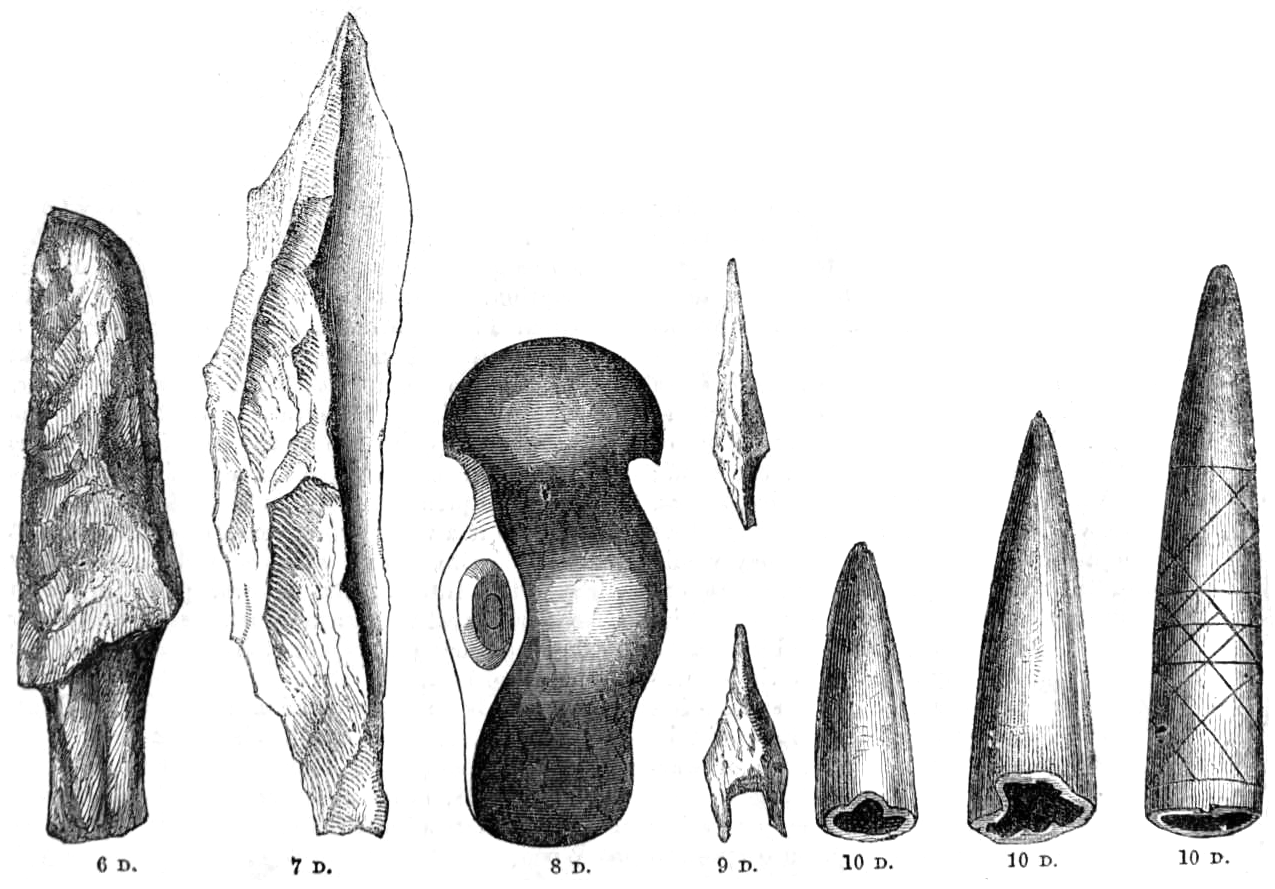
Dotted throughout Liang Bua cave are hundreds of stone tools—simple but effective. These artifacts are the fingerprints of Homo floresiensis, showing that they had mastered the basics of toolmaking. They shaped rocks into sharp edges for cutting, scraping, and possibly hunting. The craftsmanship isn’t as refined as later human tools, but it’s clear they understood how to use their environment to survive. Each tool tells a story of daily life, from preparing food to fending off dangers lurking in the shadows.
What Did the ‘Hobbits’ Eat?

The diet of Homo floresiensis was shaped by the island’s unique ecosystem. Fossilized animal bones, including those of giant rats and pygmy elephants (Stegodon), were found in the cave. Scientists believe the “hobbits” hunted these animals or scavenged their remains. Charred bones hint at the use of fire for cooking, which would have made tough meat easier to eat. The island’s forests and rivers provided fruits, roots, and possibly fish, making for a varied but challenging menu.
The Mystery of Their Origins
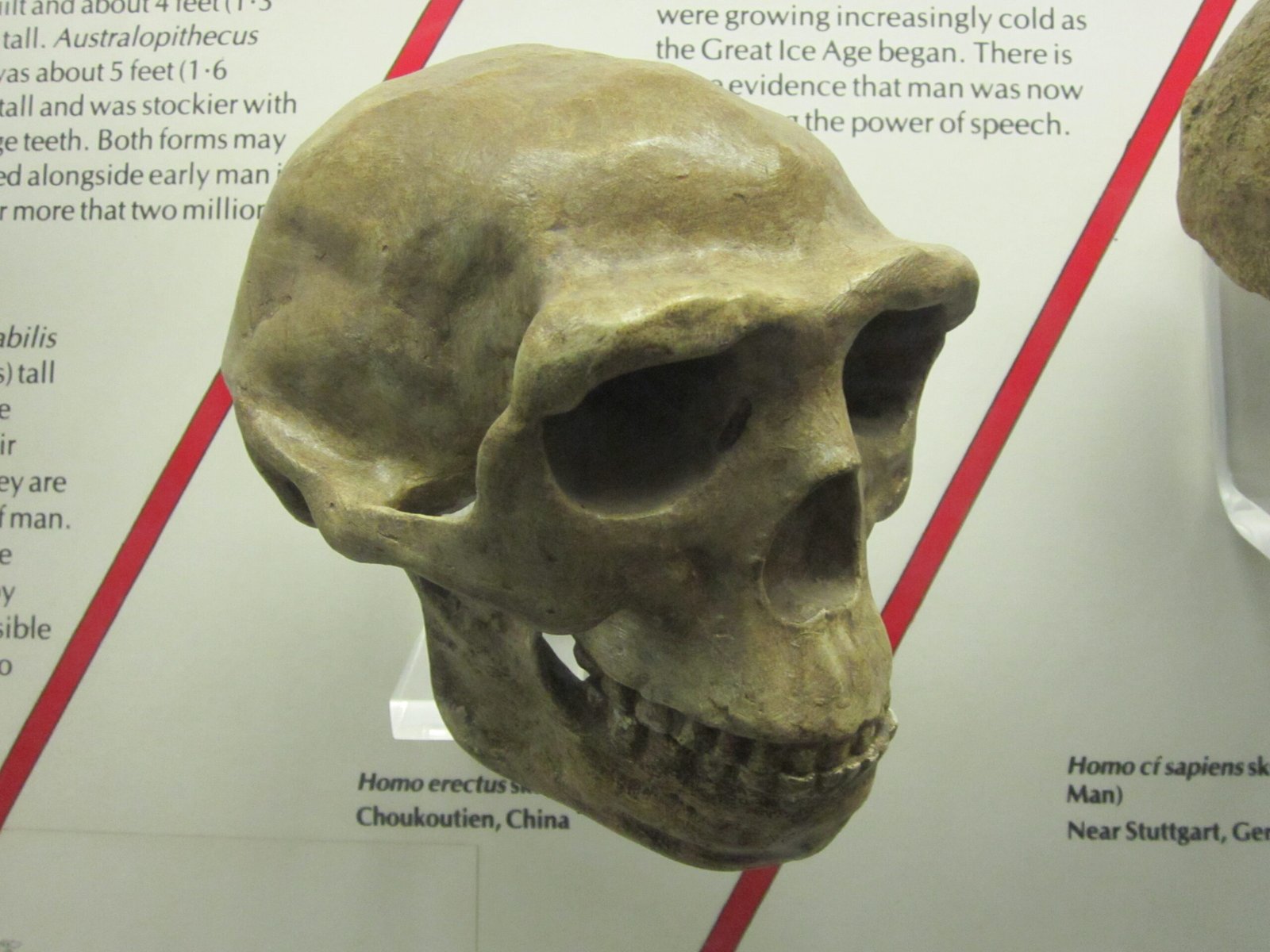
Where did the Flores “hobbits” come from? The answer isn’t simple. Some researchers suggest they descended directly from Homo erectus, an ancient human ancestor who somehow made it to Flores and then shrank over time. Others believe they might represent an even older lineage, perhaps closer to early African hominins like Homo habilis. The debate rages on, fueled by fragments of bone and DNA, but so far, the mystery remains unsolved. It’s a reminder that the human family tree is more like a tangled bush than a straight line.
How Long Did They Survive?

Dating the bones and artifacts from Liang Bua cave has been tricky, but most scientists agree that Homo floresiensis lived until about 50,000 years ago. That’s astonishingly recent, overlapping with the time when modern humans were spreading across the globe. Imagine it: while our ancestors were painting caves in Europe or crossing into Australia, the “hobbits” of Flores were still carving out a living in their island hideaway. Their survival into such recent times raises tantalizing questions about contact with modern humans.
Did Homo sapiens and Flores ‘Hobbits’ Meet?
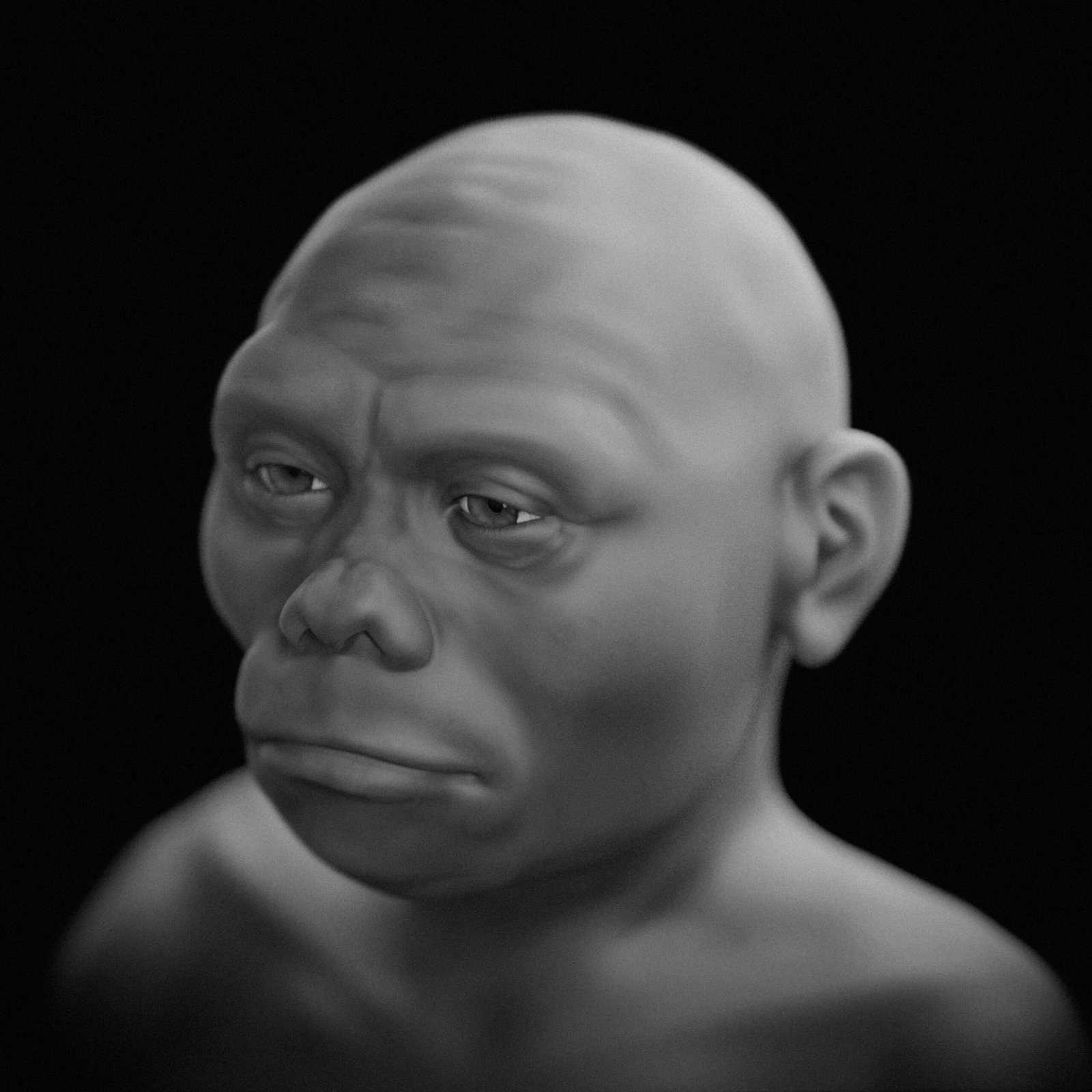
It’s one of the most tantalizing questions in anthropology: did modern humans ever meet the Flores “hobbits”? There’s no direct evidence—no tools or artifacts mixed together, no signs of violence or cooperation. But the timing overlaps just enough to make scientists wonder. Could legends of small, mysterious forest people in Indonesia have roots in real encounters? The possibility lingers like a shadow at the edge of history, inviting us to imagine what those meetings might have been like.
The Extinction Enigma
Why did Homo floresiensis disappear? The answer isn’t clear, but several theories compete for attention. Some suggest a volcanic eruption or climate change wiped them out. Others point to the arrival of modern humans, who may have competed for resources or brought diseases. Sometimes, extinction is a quiet affair—just a slow dwindling of numbers until there’s no one left to remember. The empty cave and silent bones are a stark reminder of how fragile existence can be.
Flores Today: Echoes of the Past
Modern Flores is a lush, mountainous island dotted with villages and rice fields. But the echoes of its ancient inhabitants linger. Locals tell stories of little people who once lived in the forests, shy and elusive. Some researchers believe these tales might be distant memories of Homo floresiensis, passed down through generations. The landscape itself—riddled with caves and hidden valleys—feels like a place where secrets still wait to be uncovered.
Comparisons with Other Ancient Humans
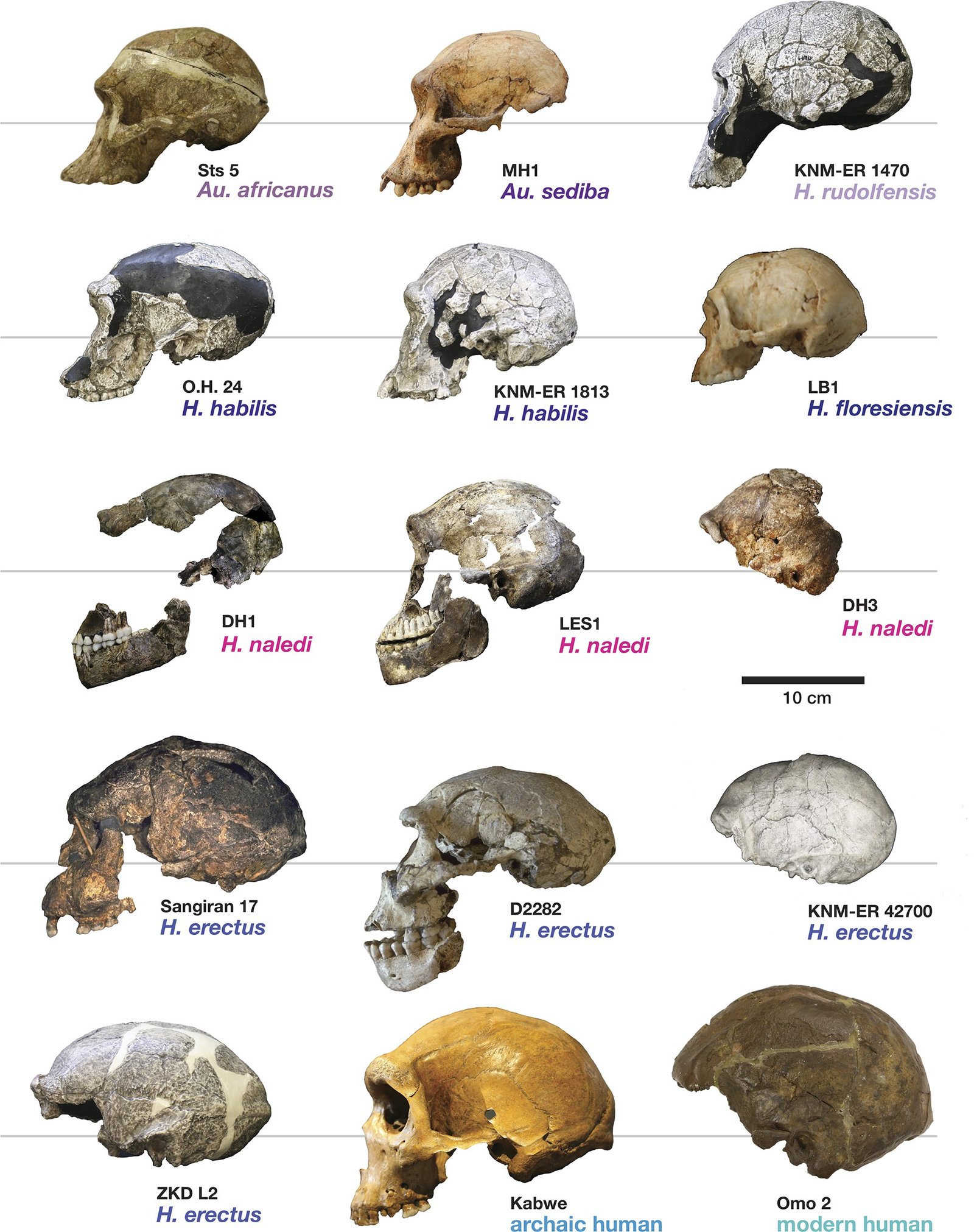
Homo floresiensis stands out even among other ancient humans. While Neanderthals were stocky and strong, and Denisovans mysterious and elusive, the “hobbits” are unique in both form and story. Their small size and isolated evolution set them apart, as does their late survival. Comparing them to other hominins helps scientists understand the incredible diversity of our ancient family. It’s a bit like looking at a patchwork quilt, each square telling a different part of the human journey.
The Role of Folklore and Myth
Folklore often blurs the line between reality and imagination, and the legend of the Ebu Gogo—a small, hairy creature said to haunt the forests of Flores—has long fascinated locals. Some anthropologists wonder if these stories are distant echoes of real encounters with Homo floresiensis. The idea that myth and science can overlap adds a layer of magic to the discovery. It’s as if the past is whispering to us through campfire tales and bedtime stories, begging us not to forget.
The Impact on Human Evolution Studies
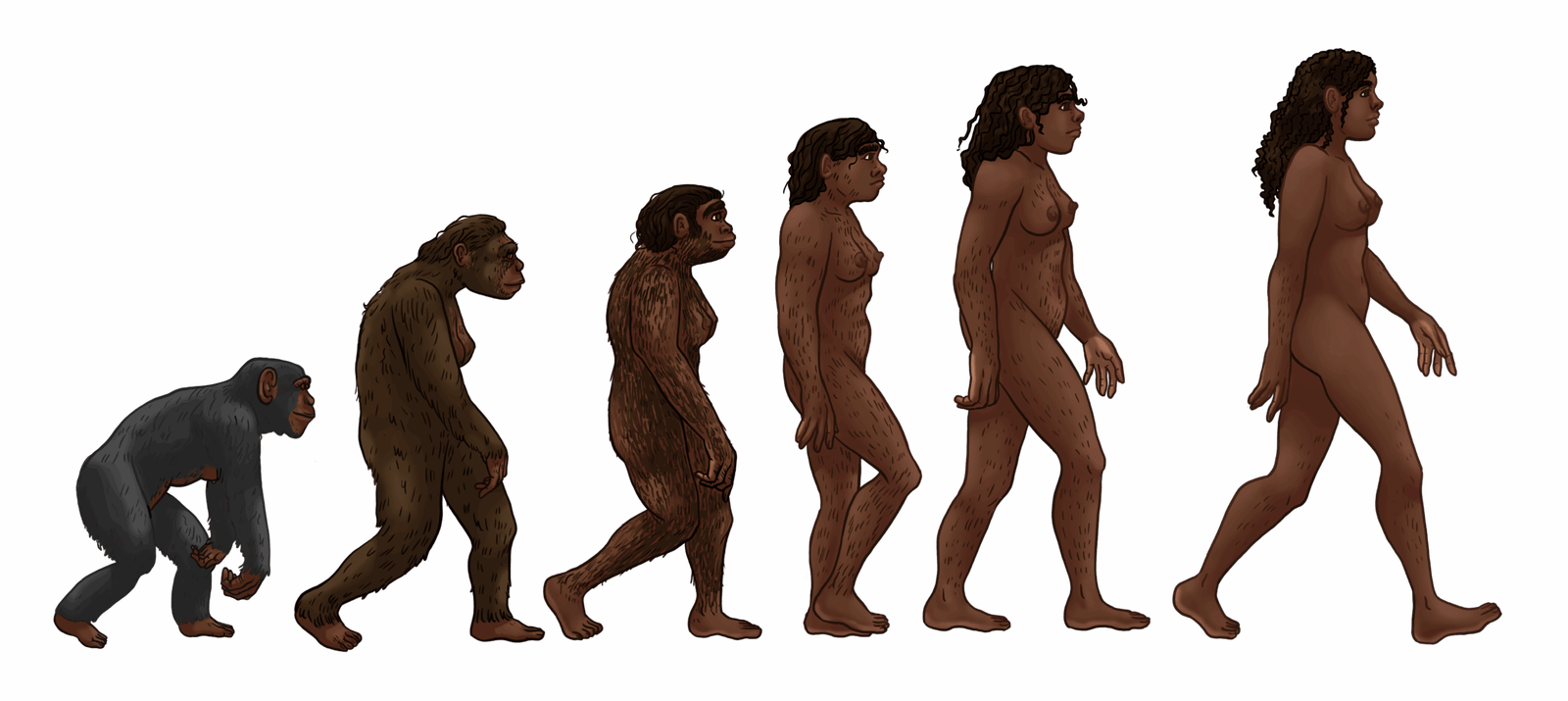
The discovery of the Flores “hobbits” has forced scientists to rethink what it means to be human. Their small brains and bodies challenge the idea that bigger is always better. The fact that they survived for so long in isolation shows how adaptable our relatives could be. Every new bone, every fragment of DNA, adds a new twist to the story. It’s a powerful reminder that human evolution is not a straight march from primitive to advanced, but a wild, unpredictable journey full of surprises.
Ongoing Exploration and Future Questions
Scientists haven’t finished with Flores yet—not by a long shot. New caves, new fossils, and new technologies promise fresh insights in the years ahead. Genetic analysis may one day reveal exactly how Homo floresiensis fits into our family tree. Each discovery adds a new piece to the puzzle, sparking debates and inspiring young scientists to keep searching. The excitement is palpable, like standing at the edge of a vast, unexplored forest.
What the ‘Hobbits’ Teach Us About Ourselves
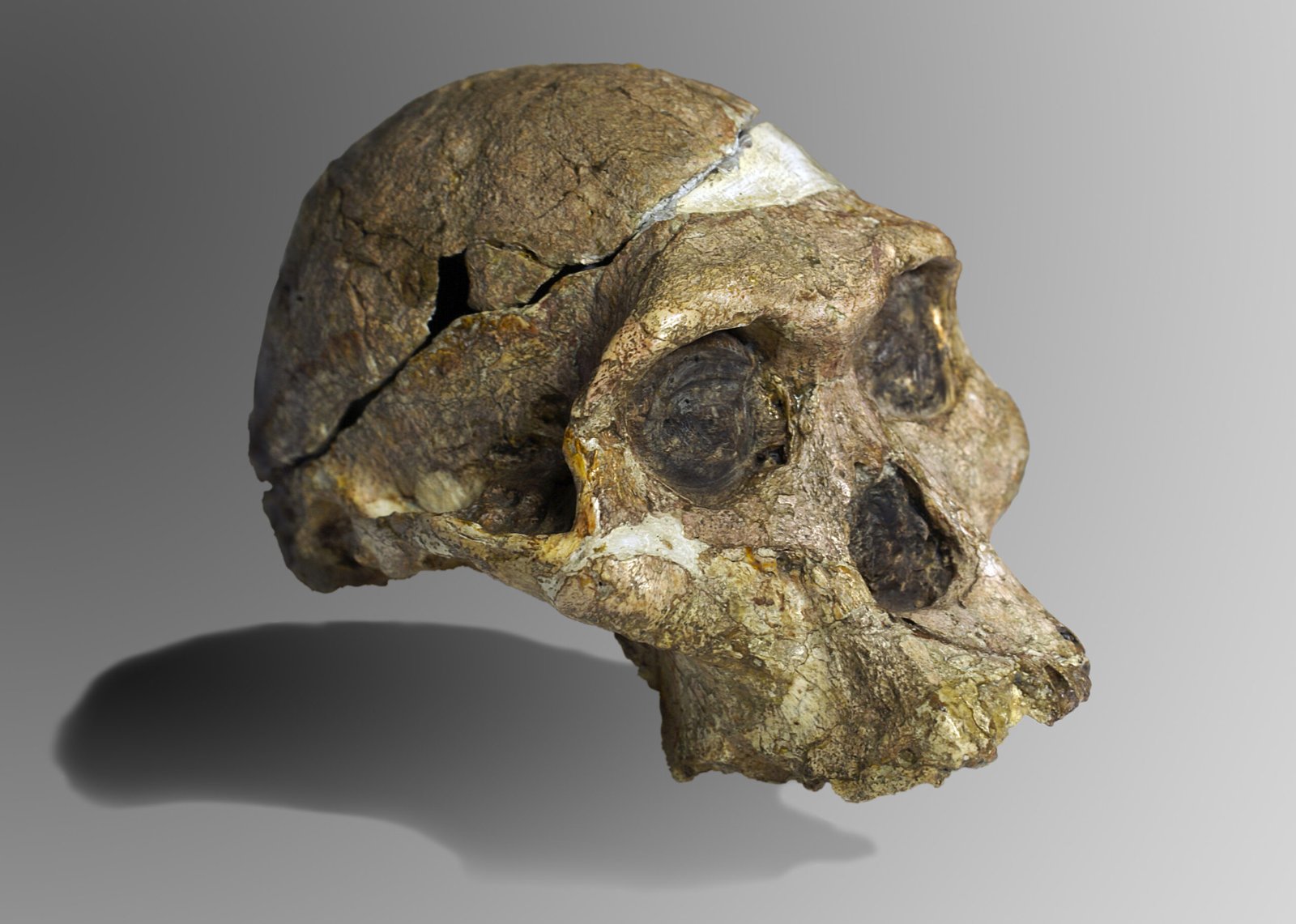
The tale of Homo floresiensis is more than just a scientific mystery—it’s a story about resilience, adaptability, and the wonder of discovery. Their existence reminds us that the world is full of hidden chapters, waiting for curious minds to uncover them. It challenges us to look beyond our assumptions and embrace the unexpected. The “hobbits” of Flores, with their tiny bones and big secrets, invite us to see humanity not as a single story, but as a rich tapestry woven from countless threads.




